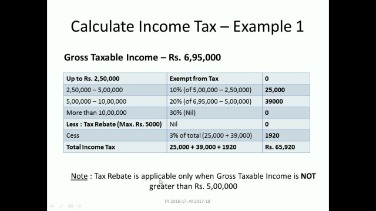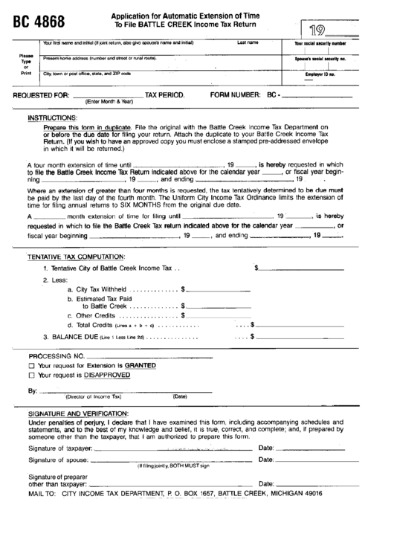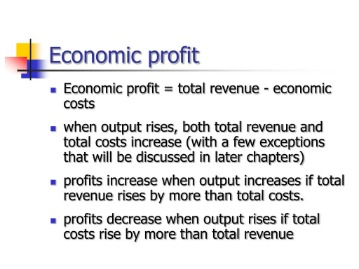How to Do a Journal Entry for Purchases on a Notes Payable Chron com

In this $10,000 promissory note, we promise to pay back this amount with a 10% annual interest on June 30. The visual below illustrates what the journal entry would be if the company purchased $100 worth of equipment. Let’s say you need to create journal entries showing your computers’ depreciation over time. You predict the equipment has a useful life of five years and use the straight-line method of depreciation. Keep in mind that equipment and property aren’t the only types of physical (i.e., tangible) assets that you have.
- Land is considered to have an unlimited life and is therefore not depreciable.
- The credit is the larger of the two sides ($4,000 on the credit side as opposed to $2,500 on the debit side), so the Accounts Payable account has a credit balance of $1,500.
- Let’s look at the journal entries for Printing Plus and post each of those entries to their respective T-accounts.
- Before we dive into how to create each kind of fixed asset journal entry, brush up on debits and credits.
- When a company acquires a plant asset, accountants record the asset at the cost of acquisition (historical cost).
Note that this example has only one debit account and one credit account, which is considered a simple entry. A compound entry is when there is more than one account listed under the debit and/or credit column of a journal entry (as seen in the following). For example, on January 1, we have issued a $10,000 note payable in order to purchase office equipment from one of our vendors.
Step 2 of 3
When you enter information into a journal, we say you are journalizing the entry. Journaling the entry is the second step in the accounting cycle. Determining the cost of constructing a new building is often more difficult. Usually this cost includes architect’s fees; building permits; payments to contractors; and the cost of digging the foundation. Also included are labor and materials to build the building; salaries of officers supervising the construction; and insurance, taxes, and interest during the construction period. Any miscellaneous amounts earned from the building during construction reduce the cost of the building.
Using Supernovae to Study Neutrinos’ Strange Properties – Lab Manager Magazine
Using Supernovae to Study Neutrinos’ Strange Properties.
Posted: Wed, 16 Aug 2023 19:06:50 GMT [source]
Reviewing journal entries individually can be tedious and time consuming. The general ledger is helpful in that a company can easily extract account and balance information. Generally, business entities purchase machinery in the form of periodical installments from the non-current and non-trade creditors. In such case, we need to credit the liability account instead of bank loan GL. No matter what the method of payment is, when you purchase equipment, the debit will always be to equipment.
When Merchandise Are Purchased for Cash
Land is considered to have an unlimited life and is therefore not depreciable. However, land improvements, including driveways, temporary landscaping, parking lots, fences, lighting systems, and sprinkler systems, are attachments to the land. Owners record depreciable land improvements in a separate account called Land Improvements. They record the cost of permanent landscaping, including leveling and grading, in the Land account. Record new equipment costs on your business’s balance sheet, typically as Property, plant, and equipment (PP&E). On 1 January 2016, John Traders purchased merchandise for $15,000 in cash from Sam & Co.

On the other hand, it should be classified as a long-term liability if its term is more than 12 months. Equipment, along with your company’s property (e.g., building), make up your business’s physical assets. Generally, equipment and property fall under the “fixed asset” category. Fixed assets are long-term (i.e., more than one year) assets you use in your operations to generate income. Depreciation reflects the loss in value of the equipment as you use it.
Unit 11: Plant Assets and Intangible Assets
The following are selected journal entries from Printing Plus that affect the Cash account. We will use the Cash ledger account to calculate account balances. Another example is a liability account, such as Accounts Payable, which increases on the credit side and decreases on the debit side. If there were a $4,000 credit and a $2,500 debit, the difference between the two is $1,500.

Acquisition cost also includes the repair and reconditioning costs for used or damaged assets as longs as the item was not damaged after purchase. This will go on the debit side of the Supplies T-account. You notice there are already figures in Accounts Payable, and the new record is placed directly underneath the January 5 record. This is posted to the Cash T-account on the debit side beneath the January 17 transaction.
Recording Transactions
Let’s look at one of the journal entries from Printing Plus and fill in the corresponding ledgers. Colfax Market is a small corner grocery store that carries a variety of staple items such as meat, milk, eggs, bread, and so on. As a smaller grocery store, Colfax does not offer the variety of products found in a larger supermarket or chain. You can see that a journal has columns labeled debit and credit.
- Property, plant, and equipment (fixed assets or operating assets) compose more than one-half of total assets in many corporations.
- As you can see, there is one ledger account for Cash and another for Common Stock.
- Machinery will be on the debit side of entry when purchased.
- Acquisition cost also includes the repair and reconditioning costs for used or damaged assets as longs as the item was not damaged after purchase.
- You can see that a journal has columns labeled debit and credit.
The balance at that time in the Common Stock ledger account is $20,000. You can see at the top is the name of the account “Cash,” as well as the assigned account number “101.” Remember, all asset accounts will start with the number 1. The date of each transaction related to this account is included, a possible description of the transaction, and a reference number if available. Grocery stores of all sizes must purchase product and track inventory. While the number of entries might differ, the recording process does not.
The purchase of property, plant, or equipment results in a debit to the asset section of the balance sheet. The credit is based on what form of payment you use as the customer. If you use credit card or another type of deferred payment, then you would credit accounts payable or another liability account. The only difference between merchandise purchased for cash and merchandise purchased on account is the accounts involved in the transaction. When merchandise are purchased for cash, the purchases account and cash account are involved.
A debit to Equipment for $100 and a credit to Accounts Payable for $400. A debit to Equipment for $500, a credit to Cash for $100, and a credit to Accounts Payable for $400. A debit to Equipment for $100 and a credit to Cash for $100. Our review course offers a CPA study guide for each section but unlike other textbooks, ours comes in a visual format.
Pharmaceutical Packaging Equipment Market Landscape By … – Digital Journal
Pharmaceutical Packaging Equipment Market Landscape By ….
Posted: Thu, 31 Aug 2023 07:45:52 GMT [source]
Checking to make sure the final balance figure is correct; one can review the figures in the debit and credit columns. In the debit column for this cash account, we see that the total is adjusted oibda definition $32,300 (20,000 + 4,000 + 2,800 + 5,500). The credit column totals $7,500 (300 + 100 + 3,500 + 3,600). The difference between the debit and credit totals is $24,800 (32,300 – 7,500).
Once all journal entries have been posted to T-accounts, we can check to make sure the accounting equation remains balanced. A summary showing the T-accounts for Printing Plus is presented in Figure 3.10. When we introduced debits and credits, you learned about the usefulness of T-accounts as a graphic representation of any account in the general ledger.
